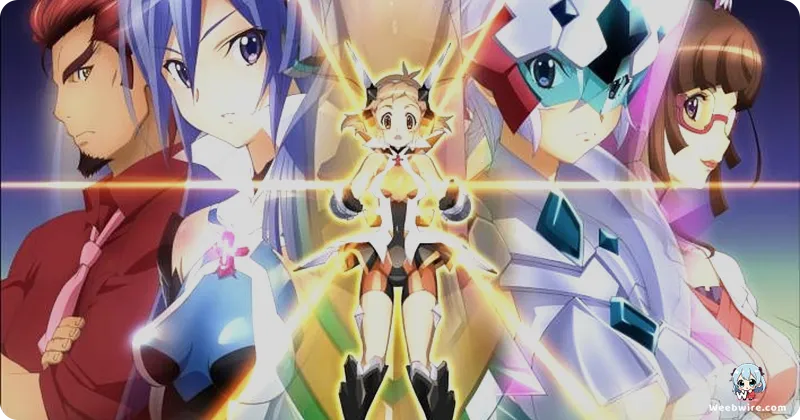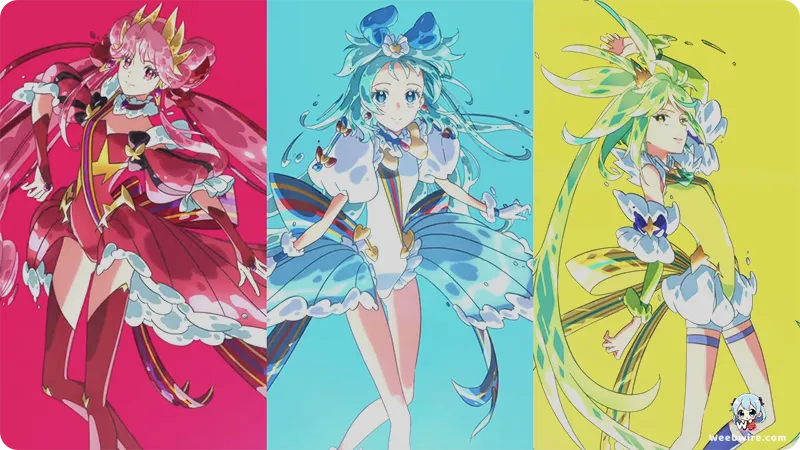Symphogear: How Music and Might Forged an Unforgettable Anime Legacy

Since its groundbreaking debut in 2012, Senki Zesshou Symphogear, widely known as Symphogear, has not merely entered the anime scene; it has powerfully redefined it. Far from a typical action or magical girl series, Symphogear stands as a testament to audacious creativity, blending high-octane combat with a revolutionary musical core. The premise, heroines battling otherworldly threats with power suits fueled by song, might sound fantastical. Yet, this bold concept is precisely what has endeared it to a passionate global fanbase. A deeper look reveals why Symphogear remains an unparalleled phenomenon.
Music as the Core of Combat
At the heart of Symphogear's unique identity is its revolutionary integration of music directly into its combat system. Unlike most anime, Symphogear characters literally sing to fight, their armor powered by 'Song Energy.' This visionary concept, conceived by renowned music producer and co-creator Noriyasu Agematsu, ensured music was the fundamental driving force of the narrative. This synergy transforms every major battle into a dynamic music video, where voice actors' vocal prowess is as crucial as the animation itself.
The Power of the Voice Cast
The dedication of the voice cast is equally remarkable. Accomplished singers like Nana Mizuki, who voices Tsubasa Kazanari, and Aoi Yuuki, the voice of Hibiki Tachibana, were deliberately cast for their vocal talents. A famous anecdote recounts Yuuki physically acting out Hibiki's 'Gatling Punch' attacks in the recording booth. This resulted in incredibly visceral vocalizations that blurred the lines between voice acting and live performance, adding an unparalleled layer of authenticity to the combat.
Embracing the 'Rule of Cool'
Symphogear also masterfully embraces a 'rule of cool' philosophy, prioritizing spectacular, over-the-top moments for maximum impact. While maintaining internal logic, the series fearlessly pushes realism, allowing characters to punch through mountains or sing through space. This deliberate embrace of glorious absurdity is central to its charm, ensuring consistently surprising and exhilarating sequences across its five seasons. The evolving Gear designs throughout the series also reflect significant character growth, adding another layer of visual storytelling.

Beyond Action: Deep Themes and Bonds
Beyond explosive action, Symphogear is lauded for its deep thematic exploration and compelling character development. It tackles profound themes like trauma, sacrifice, identity, and the enduring power of human connection. Intricate relationships, particularly the unwavering bond between Hibiki and Miku Kohinata, and the 'hand-holding' motif symbolizing unity, ground the narrative. This ensures emotional stakes remain impactful amidst the grand battles, making the series resonate deeply with its audience.
A Lasting Legacy
The series' remarkable longevity and cult status are noteworthy. Despite not always being mainstream, Symphogear cultivated a devoted fanbase, leading to five successful seasons. This is a testament to its unique blend of elements and its ability to consistently deliver. Satelight, the animation studio, deserves immense credit for bringing Agematsu and Akifumi Kaneko’s vision to life, seamlessly integrating 2D and 3D animation for fluid combat and breathtaking concert sequences. Symphogear stands as a brilliant example of creative conviction, delivering an anime experience that is as emotionally resonant as it is viscerally exciting, leaving an indelible mark on both action and magical girl anime genres.
Credits
Symphogear
Author
Noriyasu Agematsu & Akifumi Kaneko
Cover Art
Satoru Fujimoto
Studio
Satelight
Publisher
King Records
Producers





